Seasons – September 2020
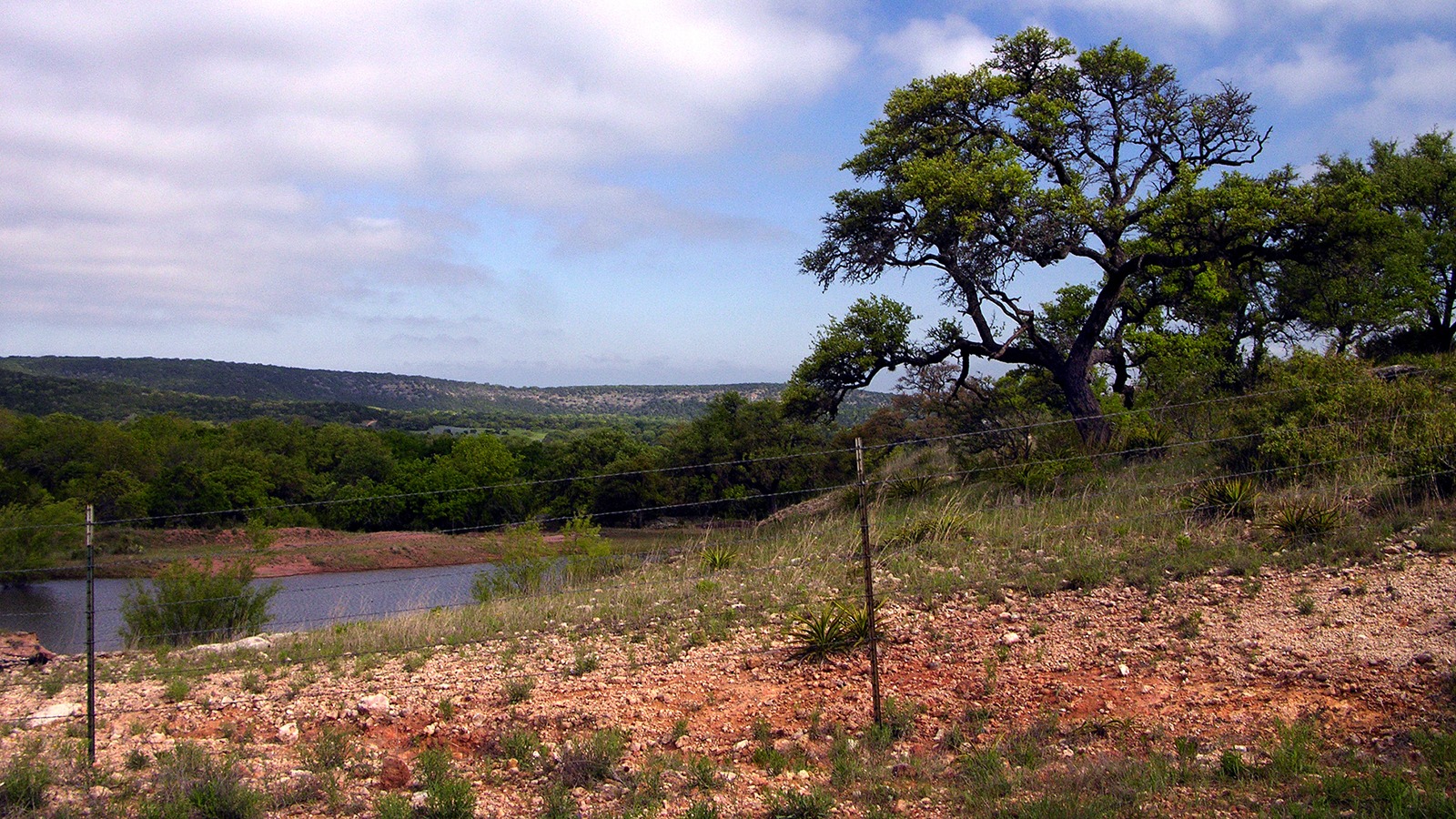
From the Plateau Land & Wildlife Management Team
We experienced many hot and dry months this summer and as much as we look forward to a reprieve, our land and wildlife are too. As the summer comes to a close, it is more important than ever to think about the water and food sources available on your land, and how to protect and conserve the resources that critters rely on to survive.
In this issue of Seasons, you’ll find articles and blogs on drought considerations, the importance of providing supplemental food during hot and dry seasons, regulations for constructing dams, and more. We hope you enjoy the read and learn more about how you can protect the precious resources that affect all manners of life on your property.
Until next Seasons,
The Plateau Team
Table of Contents
Hot & Dry
Wildlife Management Activity Reminder: Supplemental Food
Service Spotlight: FREE Wildlife Exemption Webinar Series
What’s the Dam deal?
Plateau Land Group Featured Listing
News for Texas Landowners
Hot & Dry
By Shane Kiefer, Director of Ecological Services, Certified Wildlife Biologist and Registered Property Tax Consultant
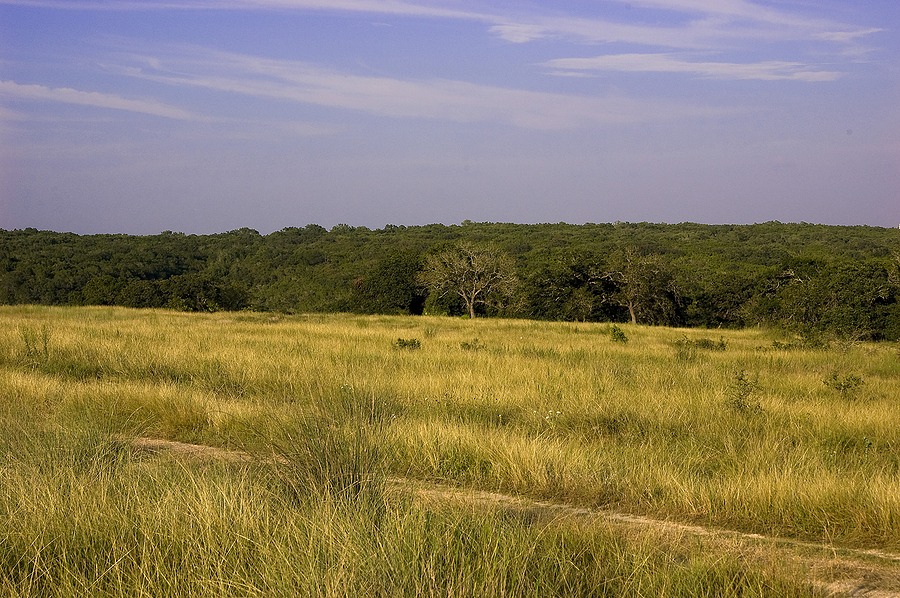 “It never failed that during the dry years people forgot about the rich years, and during the wet years they lost all memory of the dry years. It was always that way.” – John Steinbeck, East of Eden
“It never failed that during the dry years people forgot about the rich years, and during the wet years they lost all memory of the dry years. It was always that way.” – John Steinbeck, East of Eden
I think of this quote often, as it sums up the western attitude about rainfall and drought. I used to think this was a statement about individuals, but it’s really an observation about our collective memory. As a society, we may forget but prudent producers and the landowners we work with are very much in tune with the unpredictable and indeterminate nature of rainfall and drought in Texas. And in what may be a sign of another often discussed climatological and spiritual phenomenon about a certain place freezing over, Aggies and Longhorns found common ground in agreeing that droughts are likely to get much worse later this century.
Drought is defined in several ways, but the simplest definition is a period when rainfall is less than 75% of the long-term average. There are other factors to consider, such as evaporation and soil moisture, which tell us more about how much water is available to plants and wildlife for growth. The Texas Water Development Board uses six different drought indices to try to account for these various factors and the U.S. Drought Monitor uses several indices and other criteria including expert observations and measured impacts of drought.
This summer has been very dry across much of the state, but strong spring and early summer rains have kept much of the state out of drought designation up until the last few weeks, according to the U.S. Drought Monitor. At the beginning of August, only 33% of the state was in moderate drought or worse. As of August 25th, that has risen to almost 60% of the state, mostly west of the Brazos River.
So right now, it’s bad, but it has certainly been worse, and fall rains or tropical storms may get us out. We know drought will continue to wax and wane, and we can expect the waxing to get a lot worse over the next 80 years in our part of the world. Since it is hot and dry and we have a little time to think right now, how should that inform our actions?
Considerations for Good Land Stewardship During Hot & Dry Seasons
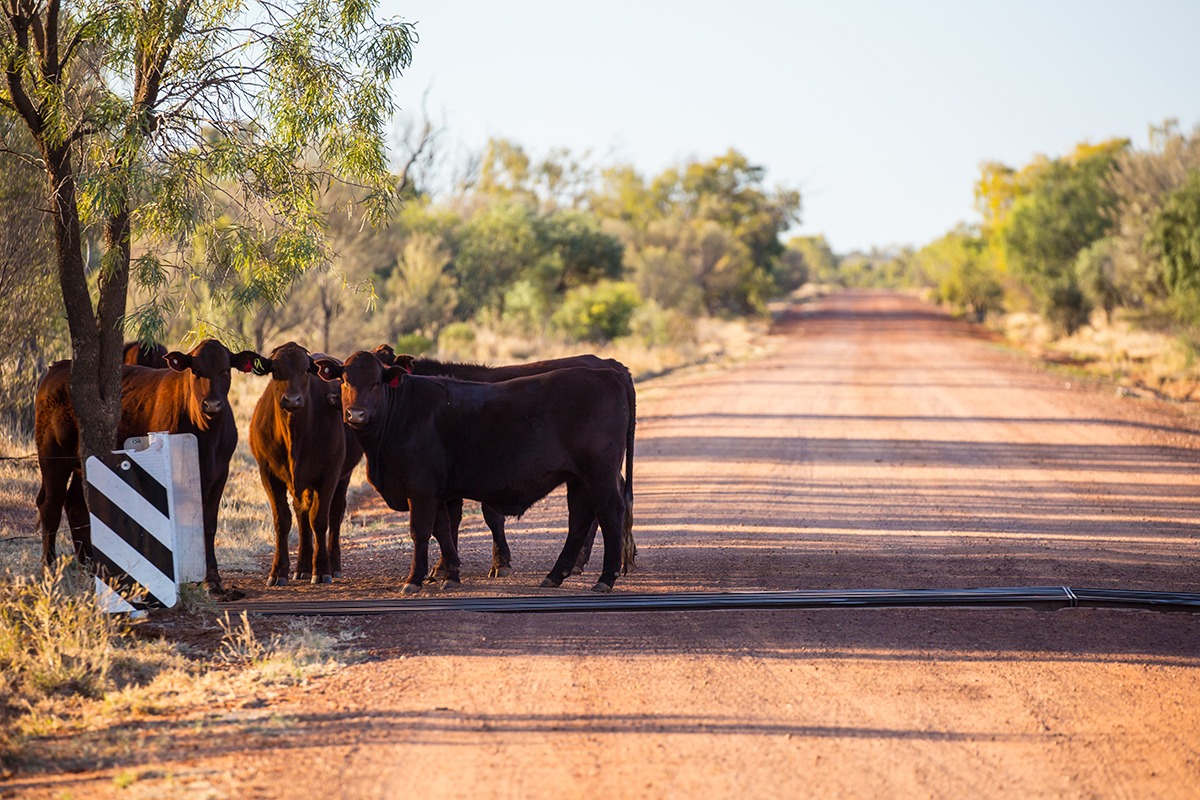 In the near term, good land stewardship can continue to mitigate for normal fluctuations in rainfall and moderate drought conditions. Producers under a rotational or flash-grazing program will see the benefits during these dry times. Light to moderate grazing can make some grasses more drought-tolerant while heavy grazing during and after a drought reduces grass production. Ungrazed or infrequently grazed grasses develop deep root systems that allow access to water resources that heavily grazed plants cannot reach while adding organic matter to the soil that holds water like a sponge. Planning for the bad years, rather than the “average” or good years, will help ensure that you don’t run out of forage for livestock or wildlife and cause longer-term damage to your land during tough times.
In the near term, good land stewardship can continue to mitigate for normal fluctuations in rainfall and moderate drought conditions. Producers under a rotational or flash-grazing program will see the benefits during these dry times. Light to moderate grazing can make some grasses more drought-tolerant while heavy grazing during and after a drought reduces grass production. Ungrazed or infrequently grazed grasses develop deep root systems that allow access to water resources that heavily grazed plants cannot reach while adding organic matter to the soil that holds water like a sponge. Planning for the bad years, rather than the “average” or good years, will help ensure that you don’t run out of forage for livestock or wildlife and cause longer-term damage to your land during tough times.
The flora and fauna of Texas are built to deal with drought and the general semi-arid conditions of the area. Native grasses and forbs fare much better than introduced pasture grasses and crops in dry times. Wildlife populations in good health and with good habitat will adjust to changing conditions quite well.
For our part, managing for plant diversity is essential. A diverse habitat has a good mixture of various species of grasses, forbs (weeds), and browse (woody) plants, some of which fare better in dry conditions. In a healthy plant community, many of the plants will be at various stages of growth, which adds another element of diversity. Vegetation improves the water cycle by increasing water infiltration into the soil and reducing surface runoff. The diversity of vegetation increases the availability of food and cover for wildlife species. A greater diversity of range plants results in more food available for wildlife during different seasons of the year. The volume and diversity of plant leaf material and roots protect the soil from erosion. The decomposition of vegetation also helps restore nutrients and minerals to the soil to sustain plant life. Periodic disturbances such as fire, soil disturbance, livestock grazing, and mowing (and even drought) can maintain a diverse plant community, simulating conditions under which plants and animals evolved in Texas.
Water conservation practices, like using stored rainwater instead of groundwater and covering troughs and concrete tanks to reduce evaporation can add up, too. It will be essential that urban and suburban areas do their part as well. I tend to agree with those of you who are bothered about farmers not being able to irrigate crops while suburban lawns get watered twice a week.
Looking Towards the Future
With good land stewardship, the land’s long-term health is improved and its values are conserved for future generations to utilize as a source of income, recreation, for aesthetic enjoyment, and to help cushion some of the expected impacts from future megadroughts. More open-space land means more and cleaner water for Texas, too. Your actions now to protect and improve your land will pay dividends in the future.
In the long term, we will almost certainly be faced with conditions outside our collective experience. On top of less water from the sky and more evaporating from our reservoirs, we’ll have a lot more people in Texas over the next 50 years. One thousand years isn’t long in the evolutionary history of our wildlife, but they had a lot more space and habitat to choose from up until the last couple of centuries, so many species will be challenged to find suitable habitat and resources, just as we will, as things get even hotter and drier.
Here’s to the first fall cold front and a warm bowl of venison stew…
Back to TopBack to Top
Wildlife Management Activity Reminder: Supplemental Food
By Kameron Bain, Landowner Account Manager
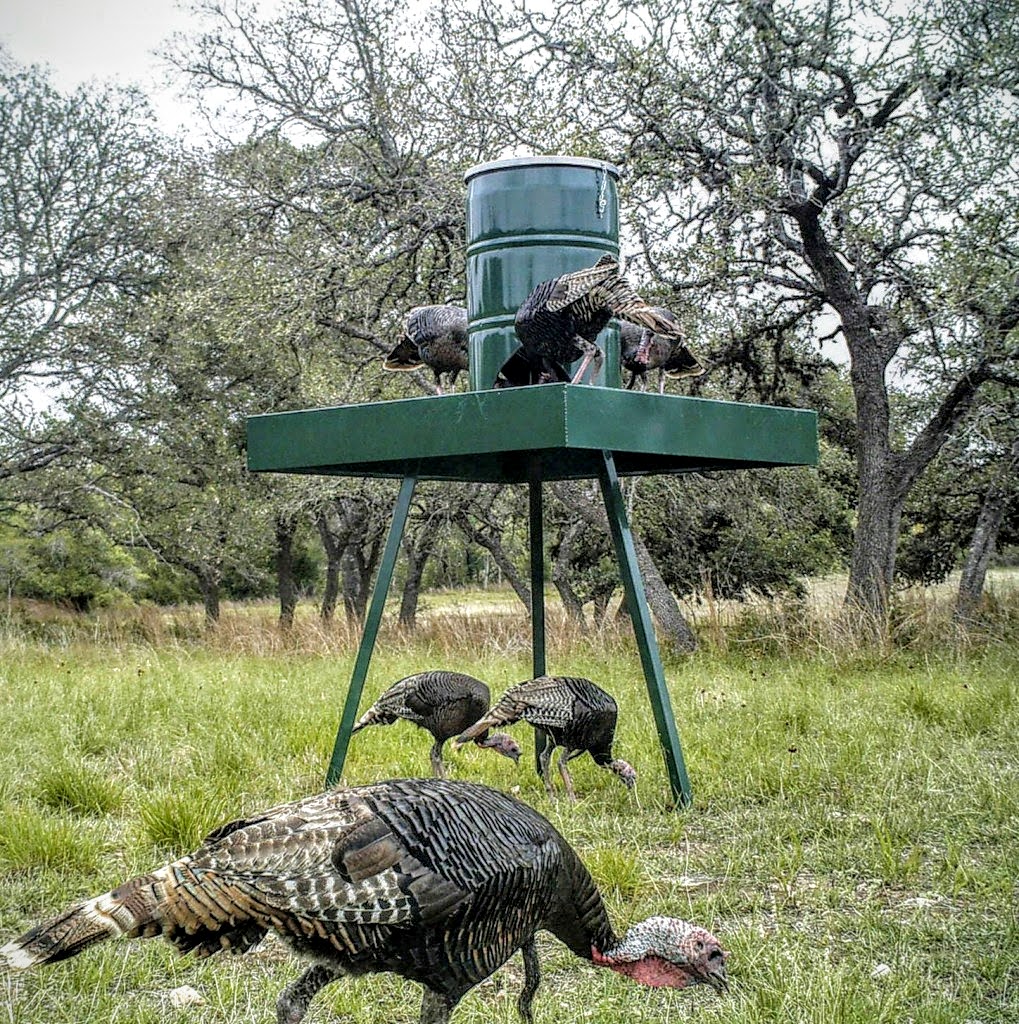 As landscapes become more fragmented, so can wildlife food resources. There’s no better food source than quality habitat, but supplements can serve a role in your management. Providing feeders for wild turkey and other wild birds can attract, retain, and possibly improve their populations on your property. Supplementing wildlife with high-quality food sources can improve nutrition during stressful/dry times of the year or pivotal times in their life cycle. Common motivations for this are feeding protein supplements to deer during antler growth or providing food to birds during migration and breeding. Concentrated supplemental food sources like feeders or food plots are also great ways to attract wildlife for observation and population surveys.
As landscapes become more fragmented, so can wildlife food resources. There’s no better food source than quality habitat, but supplements can serve a role in your management. Providing feeders for wild turkey and other wild birds can attract, retain, and possibly improve their populations on your property. Supplementing wildlife with high-quality food sources can improve nutrition during stressful/dry times of the year or pivotal times in their life cycle. Common motivations for this are feeding protein supplements to deer during antler growth or providing food to birds during migration and breeding. Concentrated supplemental food sources like feeders or food plots are also great ways to attract wildlife for observation and population surveys.
How does supplemental food fit into my wildlife management plan?
Texas wildlife tax valuation law allows landowners to qualify in the supplemental food category by providing high quality, free-choice food resources to targeted wildlife species. The recommended rate of one feeder per 320 acres qualifies for credit within the supplemental food category, though a higher density of strategically placed feeders will offer added benefits for some species. Feeders often improve opportunities for wildlife observations enjoyed by landowners and can be utilized with survey techniques to assist in census efforts, another qualifying wildlife management activity.
What is an appropriate food source?
The food source should fit your target species. Protein or mineral supplements for deer, mixed grains for Wild Turkey, seed mixes for songbirds, and nectar for hummingbirds are all appropriate. Food plots should provide both warm season (late spring-early fall) plants and cool season (late fall-early spring) plants for your target species. For deer, that often means legumes in the summer and oats or other cereal grains in the winter, though there are a lot of options available for deer food plots. When manipulating natural vegetation, the goal is to stimulate plants that are already in the soil (usually under-appreciated forbs/wildflowers, aka weeds).
What does NOT qualify as a supplemental food source under wildlife management?
- Placing a feeder or providing supplements outside the area designated for wildlife management valuation on your property – for example, if you were to place a feeder inside the boundary of your residential area, this would not count as a wildlife management activity.
- Using a spin-cast feeder. Timed feeders are great for wildlife watching and hunting but don’t serve wildlife as well since you are controlling how much they can eat.
- Using only corn as a food source. Again – corn is great for hunting and wildlife watching, but it is a bait, not a qualifying food supplement.
Whether you are in wildlife management and providing supplemental food as a qualifying activity, or are just looking to improve the wildlife on your property, providing food during hot and dry periods is an important aspect of good land management. Plateau has a range of feeders, from quail and small wildlife stations to platform feeders. Contact us if you’re interested in learning more about your qualifying wildlife management activities or to learn more about our feeder options – (512) 894-3479 or [email protected]
Back to TopBack to Top
Service Spotlight: FREE Wildlife Exemption Webinar Series
Stay in and stay WILD with us.
Whether you’re already a Plateau customer or someone that wants to learn more about Wildlife Management, everyone is invited to join us for our FREE 2020 Wildlife Management fall webinar series. Connect with experts and other Texas landowners in Wildlife Management and learn all about:
- Wildlife Management Exemption
- Wildlife Management 101
- Qualifying Wildlife Activities
- Property Taxes
- Wildlife Management Plans
- Annual Reports
- County Requirements
- Issues Related to Your Texas Region
- Open Questions & Answers
Webinars will be hosted on Tuesdays and Thursdays starting September 22nd through November 12th. Visit plateauwildlife.com/webinars to register for the date and topic you choose. Register for as many as you’d like. If you miss one, no problem, just sign up for the next webinar!
Questions? Give us a call at (512) 894-3479 or email [email protected]
Back to TopBack to Top
What’s the Dam deal?
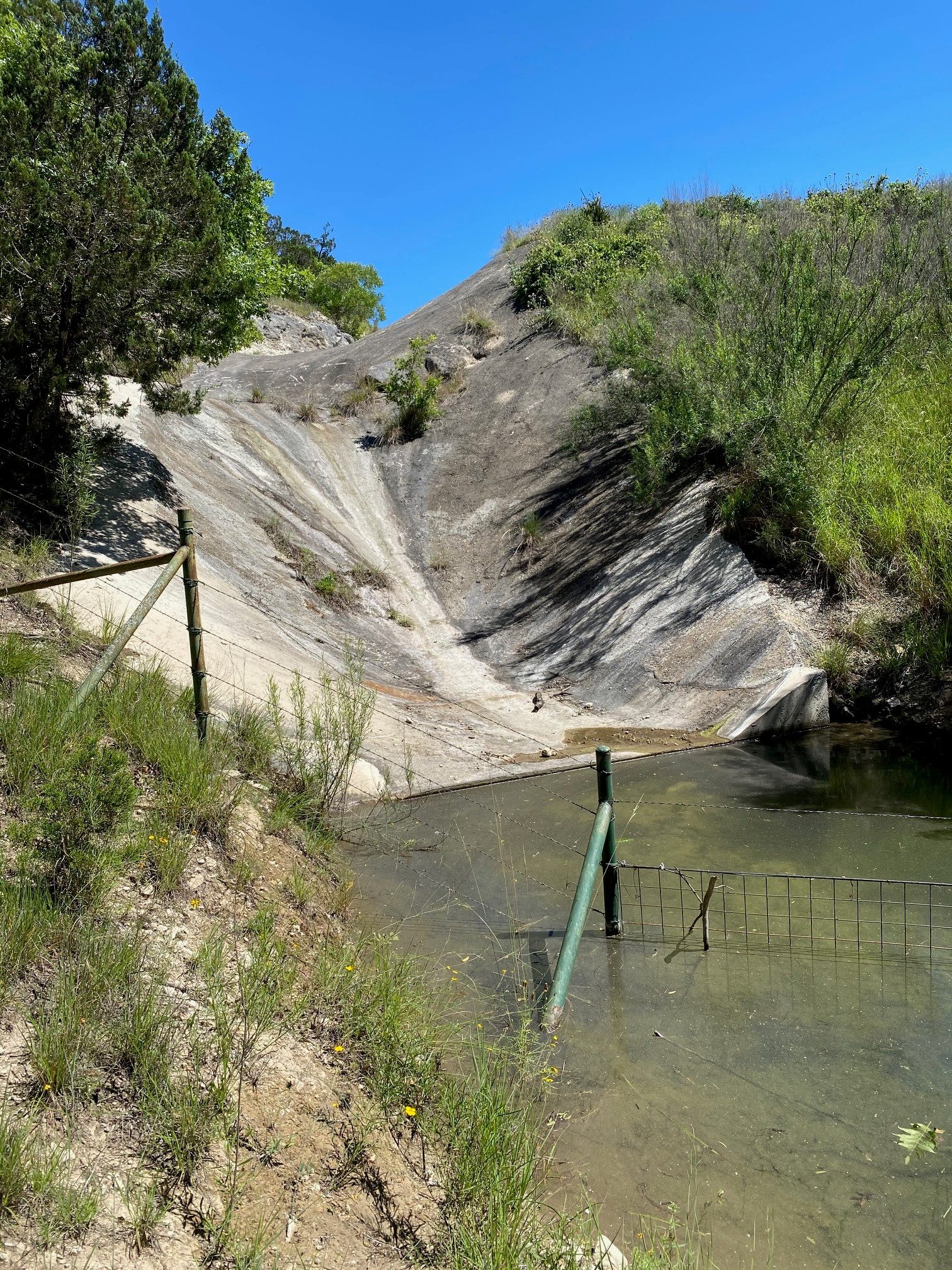 By Carly Barton, Braun & Gresham, Attorney & Counselor
By Carly Barton, Braun & Gresham, Attorney & Counselor
As Texas continues to grow and water becomes scarcer, more landowners look for solutions to keep water on their properties. Putting a dam on your property can be the answer to preserving water, but complicated regulations can be difficult to navigate. Federal, state, and local governments can all have a say in the construction of a dam.
Under Section 404 of the Clean Water Act and Section 10 of the Rivers and Harbors Act of 1899, the United States Army Corps of Engineers (USACE) is tasked with the regulation of discharges of dredged or fill materials into water of the United States or work in navigable waters. With this authority, the USACE issue permits based on the amount impounded and intent for the use of the water. This could be an easy or complicated process, depending on the project.
In Texas, “water of the ordinary flow, underflow, and tides of every flowing river, natural stream, and lake… the storm water, floodwater, and rainwater of every river, natural stream, canyon, ravine, depression, and watershed in the state is the property of the state” (Section 11.021(a) of the Texas Water Code). This means that in order for a landowner to use, store, or divert state water, he or she must obtain a permit from the Texas Commission on Environmental Quality (TCEQ). Determining whether a stream is navigable is an important step to figuring out what permits a landowner might need, but with varying statues and legal definitions, it is not always a clear process.
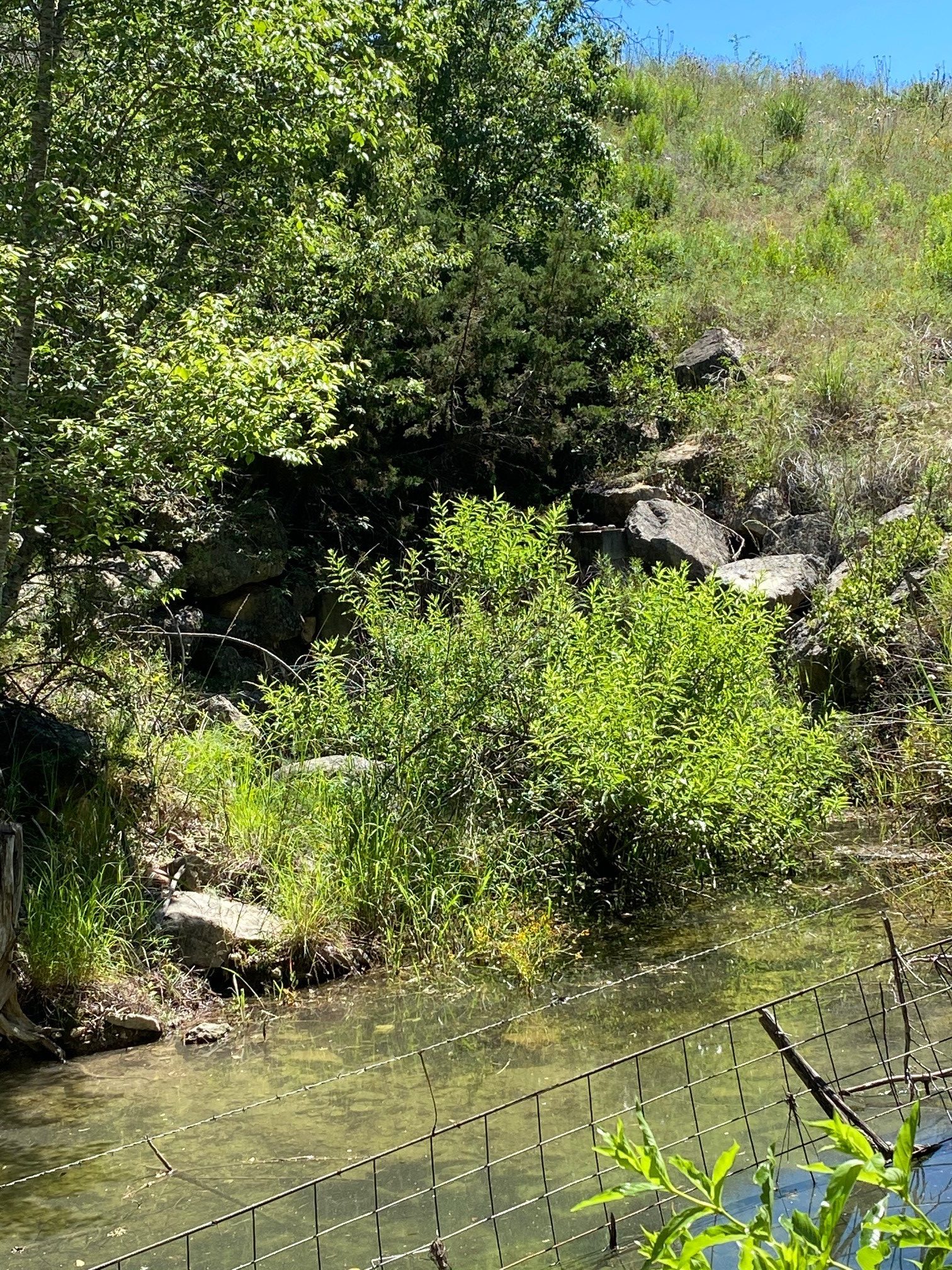 If the stream is not navigable, then it is owned by the private landowner. Luckily, if the stream is not navigable, there is an exception to this permitting process for a dam that is up to 200 acre-feet in size and is used for domestic and livestock purposes. (See Texas Water Code Section 11.142.)
If the stream is not navigable, then it is owned by the private landowner. Luckily, if the stream is not navigable, there is an exception to this permitting process for a dam that is up to 200 acre-feet in size and is used for domestic and livestock purposes. (See Texas Water Code Section 11.142.)
If you’re going to build a dam on your property, you will also likely be digging in a stream bed. If so, you will also need a Sand and Gravel permit through Texas Parks and Wildlife (Parks & Wildlife Code § 86.001).
Last, but not least, the local level authorities also have permits in place that you must consider. Counties require development permits for construction projects, including new dams or repairs to old ones. Many times this means dealing with the county’s floodplain administrator to ensure that your structure will not change the Federal Emergency Management Agency’s (FEMA) floodplain maps or greatly affect a Special Flood Hazard Area. The help of a Texas Registered Professional Surveyor, Engineer or Architect comes in handy in this process.
As you can probably tell, the navigability of the waterway through a landowner’s property is an important factor to determining which permits are necessary. In our next blog, we will discuss the ever-changing meaning of this word and what that means for your next dam project.
If you have questions or would like to speak with a Braun & Gresham attorney regarding your dam project, please give us a call at (512) 894-5426, or email [email protected]
Back to TopBack to Top
Plateau Land Group Featured Listing
Homestead with Great Potential
10 Acres, $299,900
Temple, Bell County, TX
This rural oasis in Troy ISD has great potential for a lovely farm homestead. Upgrade the 1976-built house with your personal taste, finish out the partially renovated guest house, and take advantage of the large barn and workshop/storage spaces ready for use. Bring your animals and livestock, or just enjoy the quiet native pasture, pond, and gorgeous mature live oak, peach, and pecan trees.
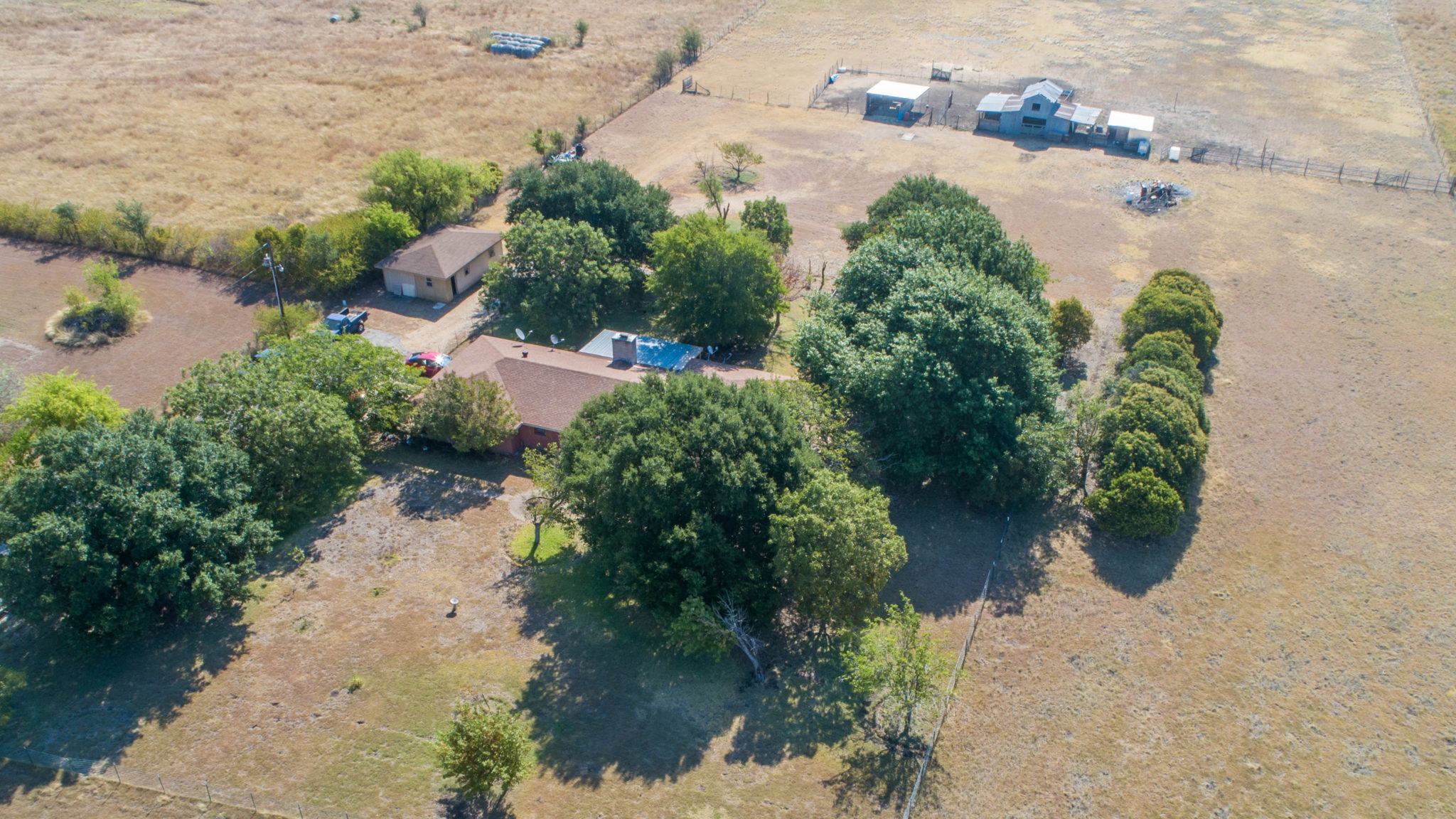
View all of Plateau Land Group’s listings.
Click here to receive Plateau Land Group’s newest listings by email.
News for Texas Landowners
All Droughts are Not Created Equal
Blog by Robert E. Mace for The Cynthia and George Mitchell Foundation
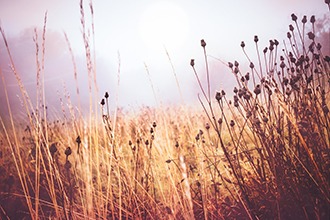
Texas is better prepared for drought now than it was in the 1990s; however, the state is less ready for a repeat of the drought of record—or worse—than it was 20 plus years ago. If that sounds counterintuitive, it’s because all droughts are not created equal.
Before the mid-‘90s, two decades of cooler and wetter weather lulled Texas into complacency, turning the Dust Bowl and the Drought of the 1950s into hazy, distant memories. The drought of 1996 was an abrupt wake-up call.
That drought—the one that fundamentally changed water planning through 1997’s Senate Bill 1—was mild compared to what Texas has been through since. But at the time, with only weeks of water left for several small communities, the drought’s impacts earned statewide and national attention…
‘It’s a start’: Plan to Protect Edwards Aquifer Surfaces, but Experts Say it’s No Substitute
Article by
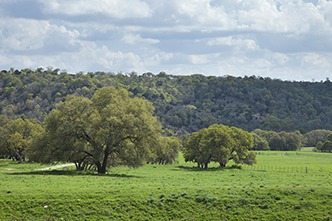
The agency that regulates pumping of the Edwards Aquifer wants to move ahead with an aquifer protection program similar to the City of San Antonio’s – but starting at a much smaller scale.
At its meeting Tuesday, the Edwards Aquifer Authority’s (EAA) board of directors unanimously voted to explore a policy of paying landowners not to build on sensitive land with conduits into the Edwards Aquifer, the main drinking water supply for the San Antonio region.
The idea is akin to the City of San Antonio’s 20-year-old Edwards Aquifer Protection Program (EAPP). The City Council is now considering a tax shuffle that would shift the one-eighth-cent sales tax that funds the EAPP to workforce development and transportation…
County Sets $75 Million Parks Bond for November Ballot
Article by Stephanie Gates for San Marcos Daily Record
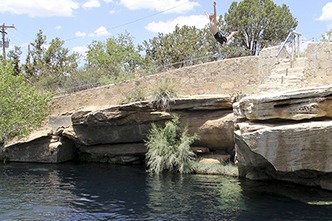
The Hays County Commissioners Court voted in favor of a bond election this November for parks, conservation, connectivity and flood mitigation projects at $75 million.
All but Commissioner Debbie Ingalsbe voted in favor of putting the bond on the ballot, leaving it up to the residents to decide in what will likely be a record turnout election year.
“Further detail still needs to be done. I can’t tell you what my personal vote is but I won’t take that opportunity from the voters,” said Judge Ruben Becerra.
Commissioner Lon Shell echoed the consensus after they considered delaying the bond to May 2021 due to the effects of COVID-19 on the economy…
Weather, Habitat Conditions Promising for 2020-21 Dove Season
News Release by Texas Parks & Wildlife
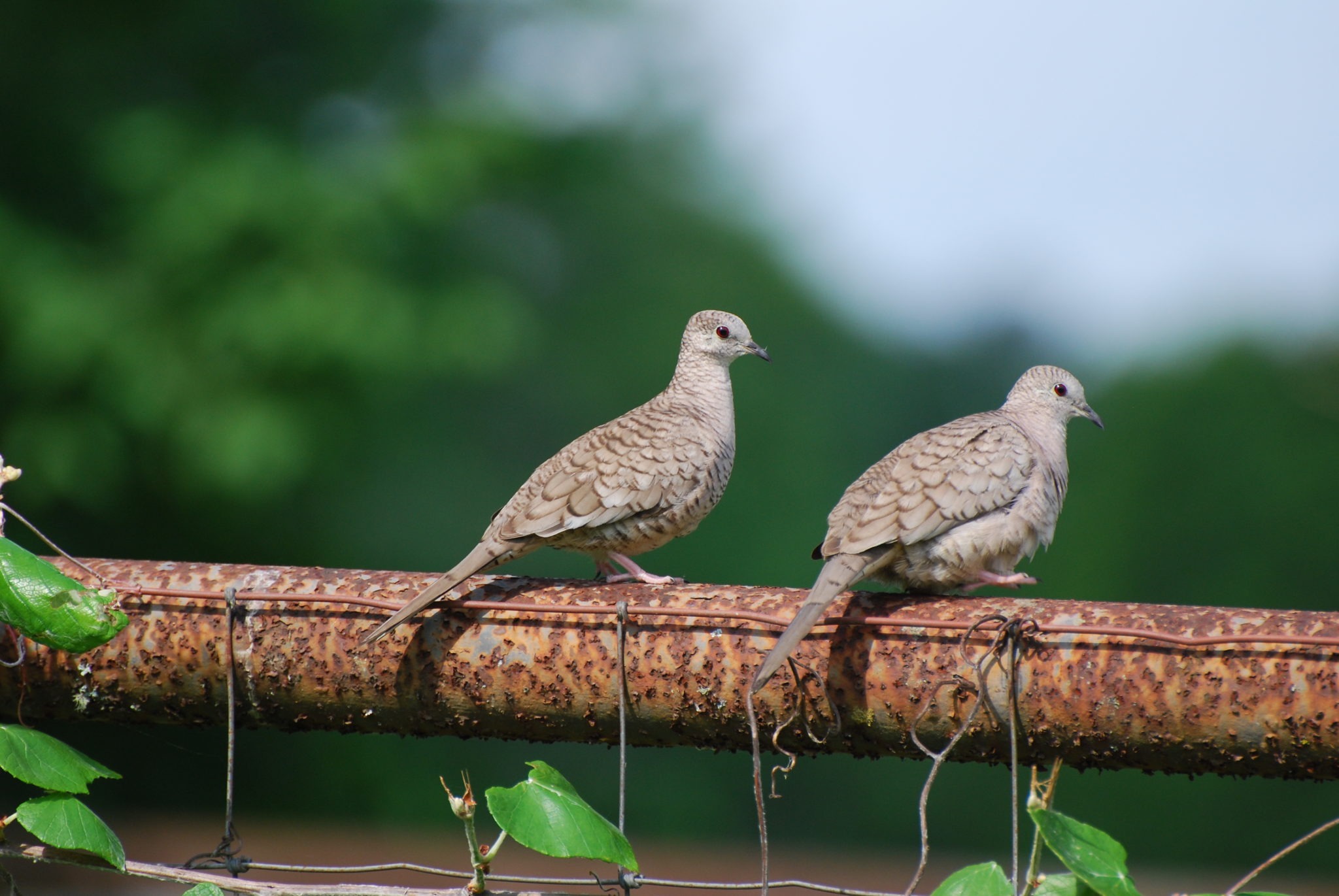
September marks the start of dove season for more than 300,000 Texas hunters per year. While 2020 surveys of dove populations were cancelled due to ongoing public health concerns, the Texas Parks and Wildlife Department (TPWD) estimates promising hunting conditions ahead of the start of the season.
With a breeding population of about 25 million mourning doves and up to 15 million white-winged doves in Texas, conditions are ripe for a fruitful season. Dove population numbers swell during the hunting season as doves migrate into Texas from other areas in the flyway. With favorable habitat conditions throughout much of the state leading into September, hunters can look forward to a favorable season.
Above average rainfall statewide throughout the spring season has led to prime habitat conditions during the peak nesting months of May and June…
CVM Researcher Develops Tool to Improve Chronic Wasting Disease Resistance in White-Tailed Deer
Article by
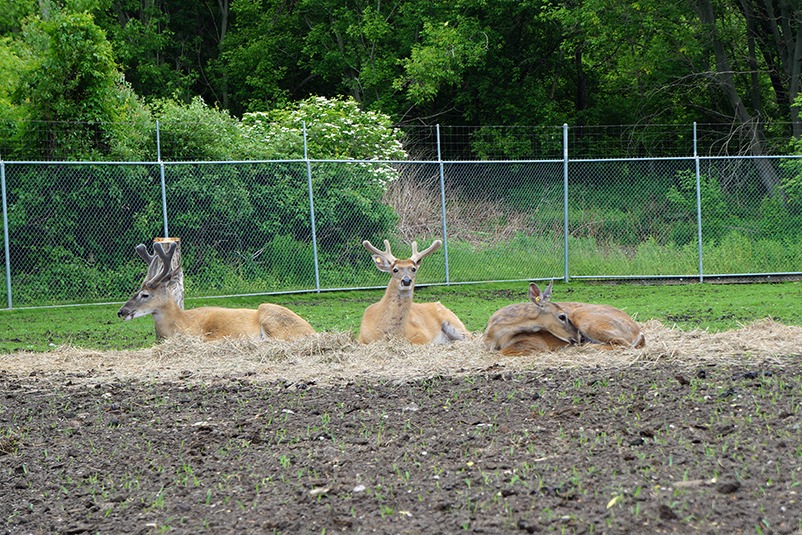
Christopher Seabury, an associate professor of genomics at the Texas A&M University College of Veterinary Medicine & Biomedical Sciences (CVM), has confirmed that certain aspects of the white-tailed deer’s response to chronic wasting disease (CWD) are moderately to highly heritable, or passed from parent to offspring, and can be predicted using a custom genomic tool designed by Seabury and his team.
This custom tool, a novel array designed by Seabury, can be used to predict a white-tailed deer’s responses to CWD exposure with high accuracy and specificity, meaning that the array is likely to become widely deployed for use in a genetic evaluation program aimed at reducing the prevalence of CWD.
Such a program would allow deer farmers, wildlife managers and regulatory agencies to selectively breed the least susceptible deer, thereby building healthier, more CWD-resistant populations…
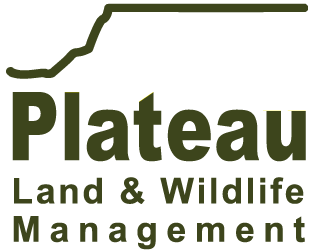

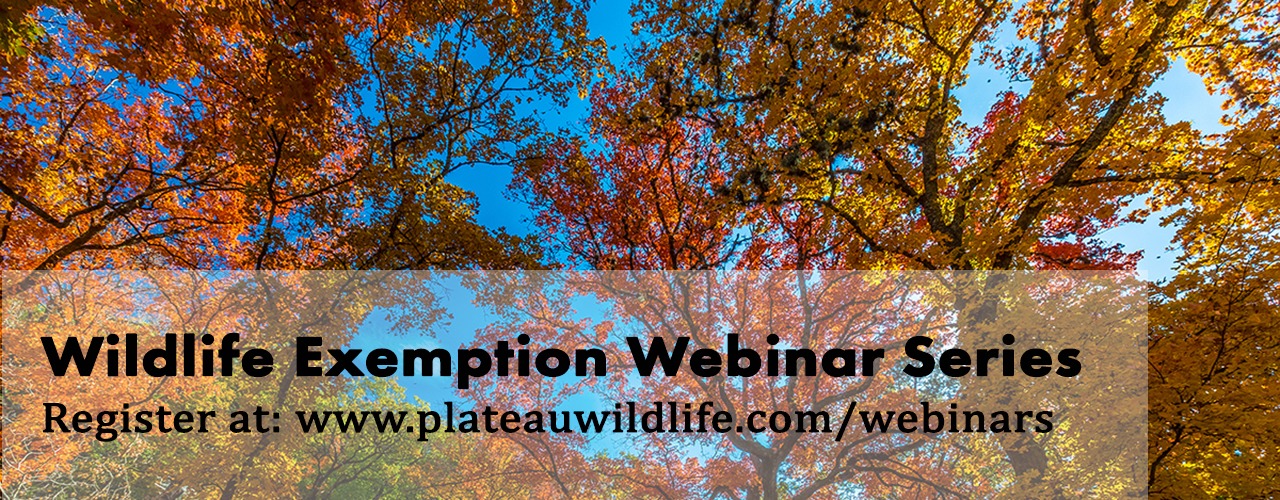




Sorry, the comment form is closed at this time.